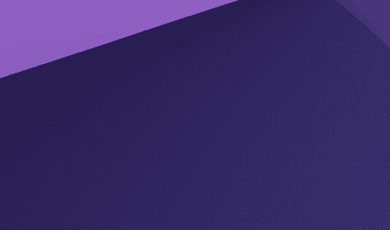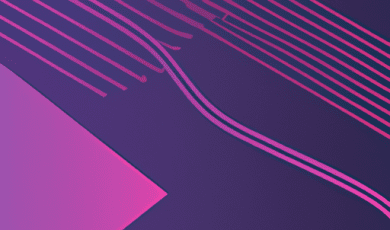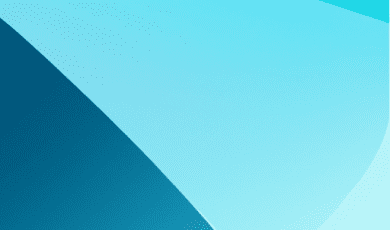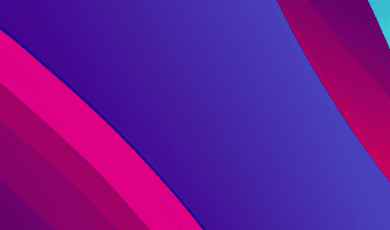
In the rapidly evolving world of design and communication, staying ahead of the curve requires more than just creativity—it demands global connectivity. As we approach 2025, the landscape of creative industries is being shaped not just by innovative concepts, but by how effectively agencies communicate those concepts to an international audience. One critical factor in achieving this global reach is professional language translation, particularly German translation services.
Germany sits at the heart of the European creative scene, influencing everything from typography and product design to architecture and communication practices. Major global design events, such as those featured on Communicate2025.com, attract thousands of participants from all continents, and many have Germany as either a focal point or a key stakeholder. For this reason, design agencies aspiring to make a mark on the world stage increasingly rely on certified translation experts to bridge the linguistic and cultural gaps.
The Pivotal Role of German Translation Services in Creative Industries
The Impact of the German Language on Design and Communication
The German language is spoken by over 90 million people worldwide and is the most widely spoken native language in the European Union. Germany’s long-standing reputation for engineering excellence and precision extends naturally into creative sectors, where clear communication, attention to detail, and technical accuracy are paramount. Leading international design agencies recognize that effectively engaging the German market—or collaborating with German partners—demands more than just literal translations; it requires cultural fluency, industry-specific terminology, and local sensitivity.
Many of the most significant communication and design events globally are either hosted in Germany or prominently feature German industry leaders. Events such as Berlin Design Week, Munich Creative Business Week, and international conferences like TYPO Berlin are hotspots for idea exchange and collaboration. To participate meaningfully in these forums, agencies must ensure their portfolios, case studies, and communications are seamlessly accessible in both English and German. This is where German to English translation services become invaluable, allowing agencies to both contribute to and draw from the vibrant German creative ecosystem.
Global Collaboration and German Translation
Design is a universal language, but the tools, platforms, and cultural nuances are deeply local. Top agencies rely on German translation services not just for one-way communication but to foster dialogue and build partnerships. Whether it’s co-developing projects with German design firms, entering prestigious design competitions, or participating in cross-border workshops and exhibitions, clear and accurate translation builds trust and opens doors.
For example, a branding agency based in New York might be presenting a new identity system at a Berlin-based design conference. Accurate, culturally-appropriate German translations for presentations, printed materials, and post-event reports can significantly enhance the impact and reception of their work. Likewise, event organizers expect international participants to respect linguistic diversity, which is why bilingual or multilingual content is often a ticket to wider exposure and greater opportunity.
In addition, digital platforms for creative professionals—many of which feature on Communicate2025.com—often require content in multiple languages. Agencies that invest in professional German translation boost their visibility on these platforms, increasing their chances of being noticed by potential clients, collaborators, and investors from the German-speaking world.
Precision Matters: Industry-Specific German Translation
In design and communication, precision is everything. A minor misinterpretation of a product specification or branding tone can unravel months of work and dilute the agency’s brand. Professional German to English translation services specialize in maintaining the integrity and intent of creative content, ensuring that design principles and messages are conveyed exactly as intended, whether in marketing materials, user guides, or exhibition catalogs.
For design agencies dealing with intellectual property, copyrights, and legal documentation, technical translation services safeguard the agency’s interests. This is essential in environments like design competitions and global exhibitions, where clear communication regarding terms, conditions, and rights is non-negotiable.
Moreover, the best translation providers offer localization services—adapting not just the words, but the visuals and context, so that content resonates authentically with the local German audience. This increases engagement at events and online platforms and positions agencies as culturally attuned, trustworthy partners.
German Translation & Digital Communication: Reaching the Right Audience
SEO and Online Visibility for Design Agencies
In the digital age, online visibility is crucial for creative agencies aiming for global reach. Many German business clients and design professionals search for services and partners in their native language, making expertly translated and localized content a competitive advantage. Using keyword-rich German translations on agency websites, blogs, and event listings increases their ranking in German-language search results, bringing more organic (and relevant) traffic.
This is particularly relevant for design agencies participating in international events listed on Communicate2025.com. Event pages, speaker profiles, and exhibitor descriptions optimized in German attract a broader European audience and more effectively communicate expertise and innovation to German-speaking stakeholders.
Enhancing Virtual and Hybrid Event Participation
As virtual and hybrid events gain prominence, real-time translation and multilingual interfaces have become increasingly important. Professional German to English translation services make it possible to host webinars, online workshops, and interactive panel discussions with inclusive participation. This not only enriches the event but enables lasting relationships and future collaborations with attendees from across the globe.
For agencies looking to live-stream product launches, conduct remote client meetings, or publish post-event content, partnering with experienced German translators ensures that their message is received with clarity and professionalism—no matter where their audience is based.
Conclusion
As the global creative industry gears up for a landmark year of transformative communication and design events in 2025, the importance of linguistic inclusion and cultural competency cannot be overstated. Top design agencies understand that to truly achieve global reach, their ideas and innovations must transcend language barriers—especially in key markets like Germany, where design excellence and communication precision go hand in hand.
By investing in professional German translation services, creative agencies are not just translating words—they are translating brands, visions, and futures. They position themselves to engage more deeply with pivotal events, collaborate with top German talent, and showcase their work on a global, multilingual stage.
Ready to elevate your agency’s presence at the next big design event? Explore how the right translation partner can help you unlock new opportunities in the German-speaking world and beyond. For agencies looking to expand their impact, the message is clear: speak your clients' language, and the world will listen.








